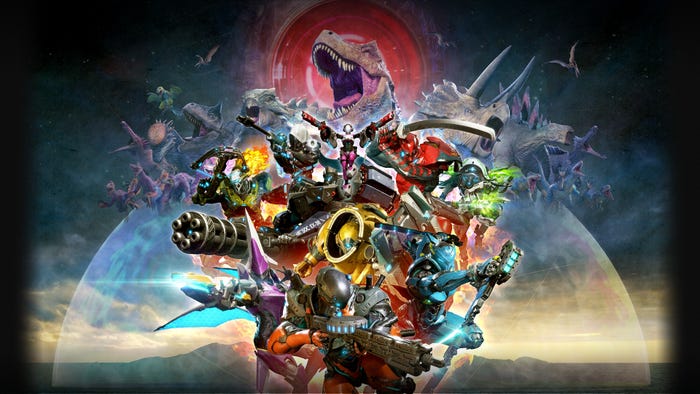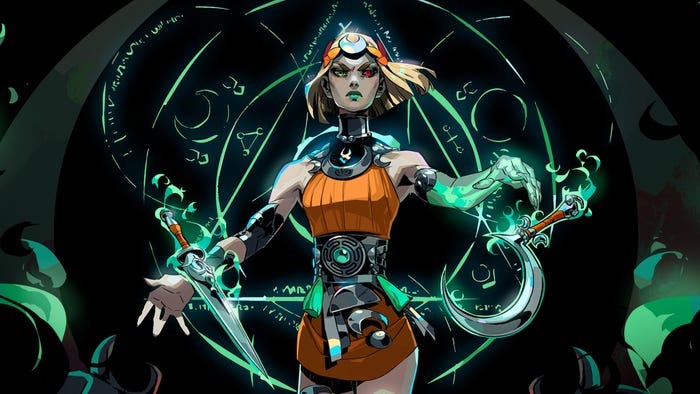The Basics of Building Incremental Marketing Pipelines
The basics of building marketing pipelines that are streamlined, easy to track and highly effective.


Think about the last time you bought a game. How did you go about it? You probably didn’t go from hearing about the game online directly to purchasing it. I’m guessing you heard about it on social media, checked out a trailer on YouTube, maybe played a demo if there was one available, read some user reviews, and then, after all of that, finally decided to buy the game. Or maybe you’re like me and just bought it because it was on sale and the logo looked promising!
There is a process that most consumers go through when it comes to purchasing anything from games to cars called the Decision Making Process (DMP). Potential consumers tend to follow a set of steps before actually purchasing a product. The traditional business definition of the marketing funnel/DMP often follows these stages:
Awareness: Hearing about the product, be it through a banner ad, a TV spot, a blog post, or a news article. In gaming, this is often an ad or a social media post.
Consideration: Examining the product and considering its benefit. This could mean reading more about the product, or in the case of gaming, checking out the Steam page.
Trial: Testing out the product! For something like a car, this could be a test-drive, but for a game, this could be playing a demo or even watching someone else play it (Let’s Plays, anyone?).
Repeat: Straightforward and often bundled with the Trial stage, this stage is all about repeatedly trying the product out. The customer usually makes the purchase around this stage.
Loyalty: Trusting the same brand or company for future products.
Advocacy: When a consumer is so passionate about the product that they tell their friends, post on social media, and generally serve as a “brand ambassador.”

Here is an example of what this DMP might look like for a hypothetical consumer named John:
John is browsing Facebook one day when he sees an ad for Minecraft (Awareness). He is curious to know what Minecraft is and clicks on the ad to go to the Minecraft website (Consideration). He sees a lot of positive reviews and cool-looking screenshots and decides to download the free demo (Trial). John ends up loving the demo and plays it every day for hours on end (Repeat). Eventually, he decides to buy Minecraft. Every time a new update is released or a new mod is posted, John downloads it and plays it through entirely (Loyalty). Whenever his friends visit, he tells them all how fun Minecraft is and encourages them to buy the game themselves (Advocacy).
These kinds of processes occur for all consumers in one way or another. Sometimes they might jump straight from Awareness to purchasing the product. Sometimes they’ll get stuck on the Trial phase. As a game developer and a marketer trying to ship copies of your game, you need to think about how you can optimize your fans’ decision-making processes to encourage them to play the game. DMP is all about moving potential purchasers along incrementally instead of trying to sell them something right off the bat.

Let’s go back to John for a second. When he saw the ad for Minecraft, he didn’t instantly go to purchase the game: he first went to the website to check it out. This is the natural reaction for most consumers who see an ad. What does this mean for you as a marketer? When you’re trying to generate awareness for your game, your goal shouldn’t be to get gamers to buy it instantly, but rather to check out the website and move them on to the consideration stage. Your ideal conversionis someone clicking on the ad, blog post, or social media post, and going to your website or the game’s page. Minecraft’s ad team knows this and encouraged John to see the website after clicking on the ad.
Once potential consumers are at the Consideration stage, don’t try to get ahead of yourself and put pressure on them to buy the game then. Your ideal conversion is to move them on to the Trial phase. This means getting them to experience the game somehow—and a gameplay trailer, Let’s Play, or demo works perfectly. Many game websites have trailers or Let’s Plays embedded so that gamers can see the gameplay. There is data that suggests that demos actually hurt game sales, but sometimes having an open beta or early build available can help gamers see how cool your game is to play.
Once they’ve heard about the game, examined the website, and seen what the gameplay is like, you can now start pushing to make the sale. Link them to your Steam page and hope that they purchase the game. Make sure you include incentives for them to stay loyal and spread the word about your game—maybe a designated hashtag or a social media competition. You want to not only drive purchases, but also loyalty and advocacy.

Let’s talk about how this applies to your overall marketing strategy. Conceptually, this seems simple—move gamers along the decision-making process step-by-step. Let me give you an example of a marketing funnel that would work in this manner for an indie game:
Blast Twitter and Facebook with ads and posts that link to your game website (Awareness)
Once they reach your website, they are presented with information about the game and some screenshots (Consideration) and can follow a link to your YouTube trailer.
Once they get to your trailer, they see gameplay footage (Trial) and are linked to your Steam page at the end.
On your Steam page, they can now buy the game (Purchase).
When you release content updates, make a Steam announcement and make sure you discuss the update with your fans so they stay engaged and keep playing (Loyalty).
In-game, players have an option to share short GIFs of their gameplay to Twitter along with a funny hashtag (Awareness).

Make sure that you organize your marketing pipelines to move potential buyers along incrementally instead of trying to convince someone to buy your game based solely on a single Tweet. Think about what your ideal conversion and goals are for each step in the campaign. If you can combine these stages (for example having a trailer, screenshots, and a Let’s Play link all on your Steam page), then you can save potential buyers some time—but you run the risk of overwhelming them with information. Additionally, the more incrementally you can build your campaigns, the more chances you have to track consumers and figure out where people are losing interest. Maybe you see a huge drop-off in traffic after they watch your trailer, or people just aren’t clicking on your Tweets. If you go step-by-step, you can isolate issues and work on perfecting your pipeline. Soon enough, you may start seeing an increase in sales. Good luck!
Read more about:
BlogsAbout the Author(s)
You May Also Like













